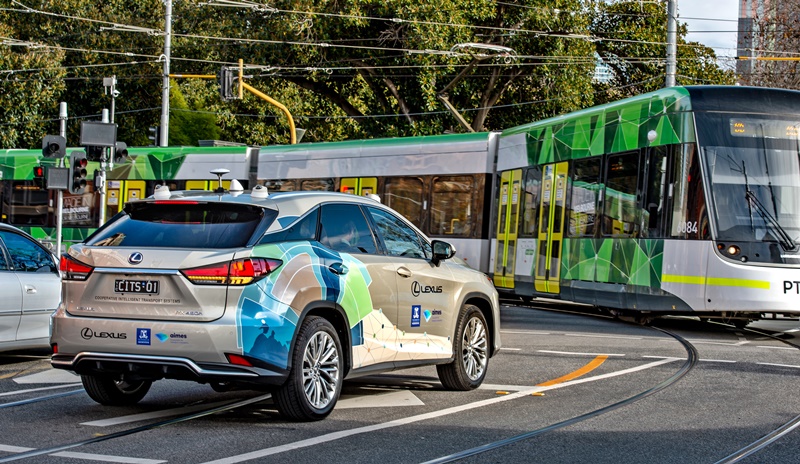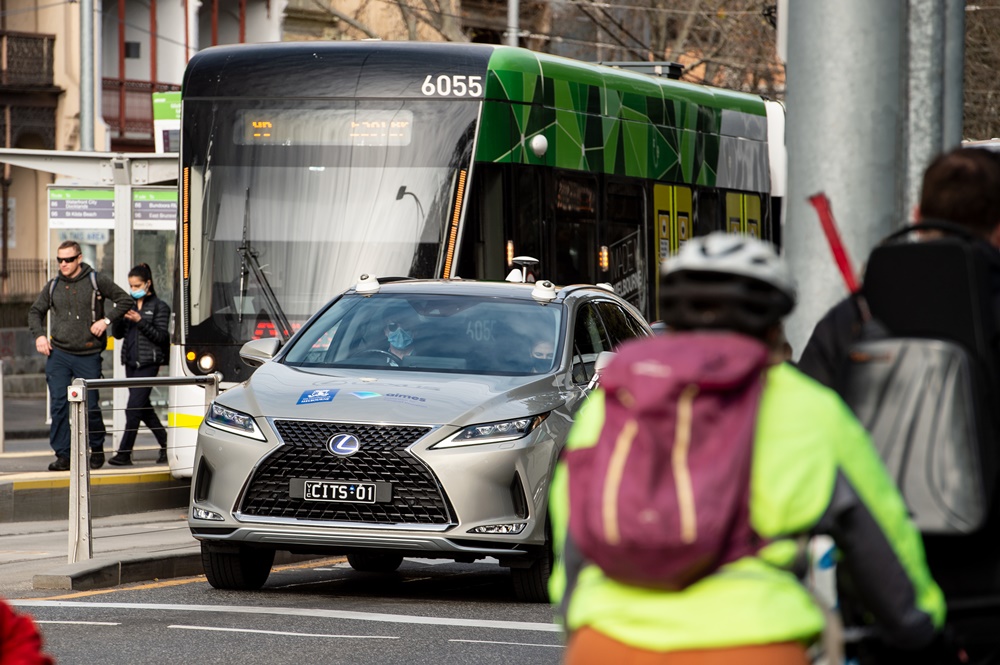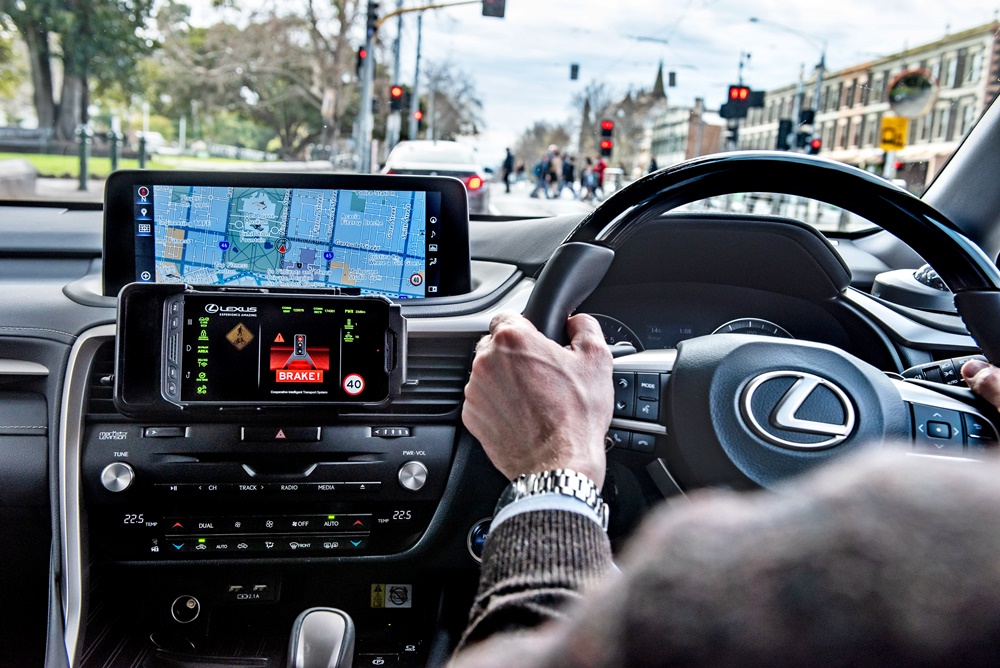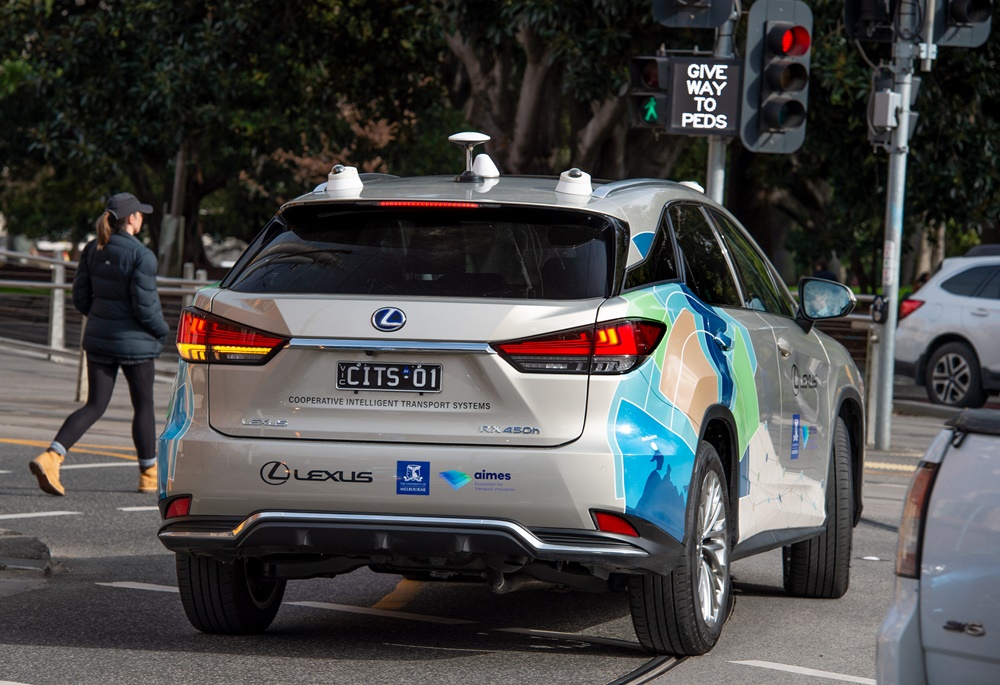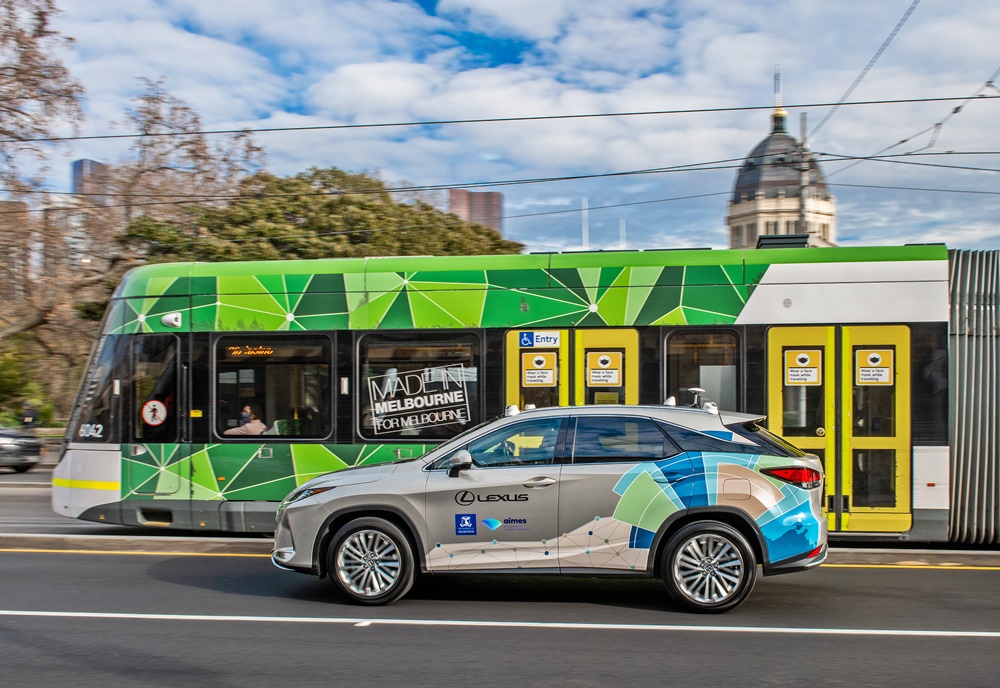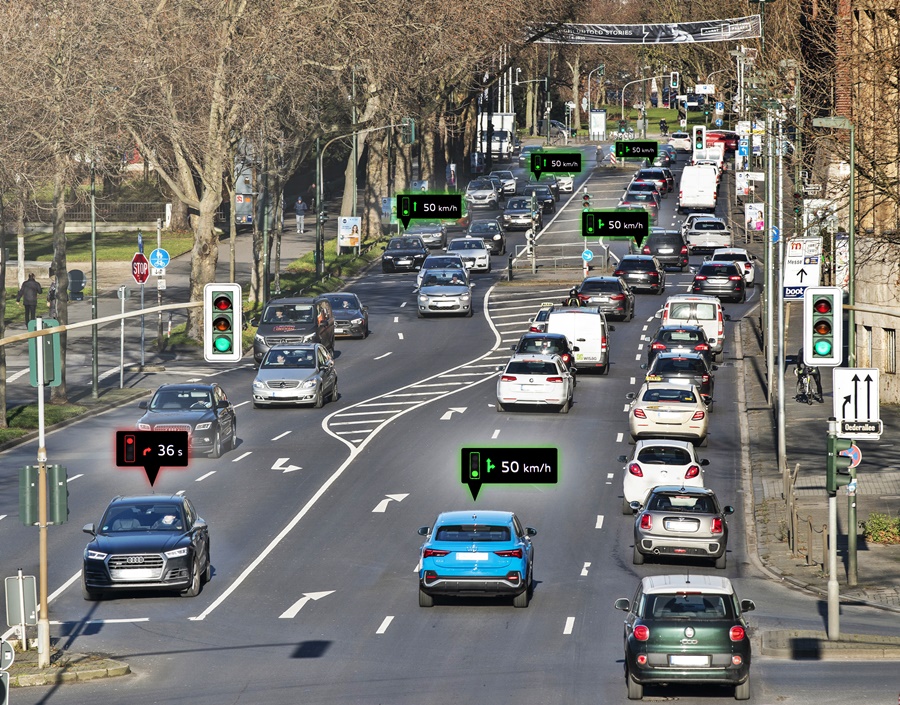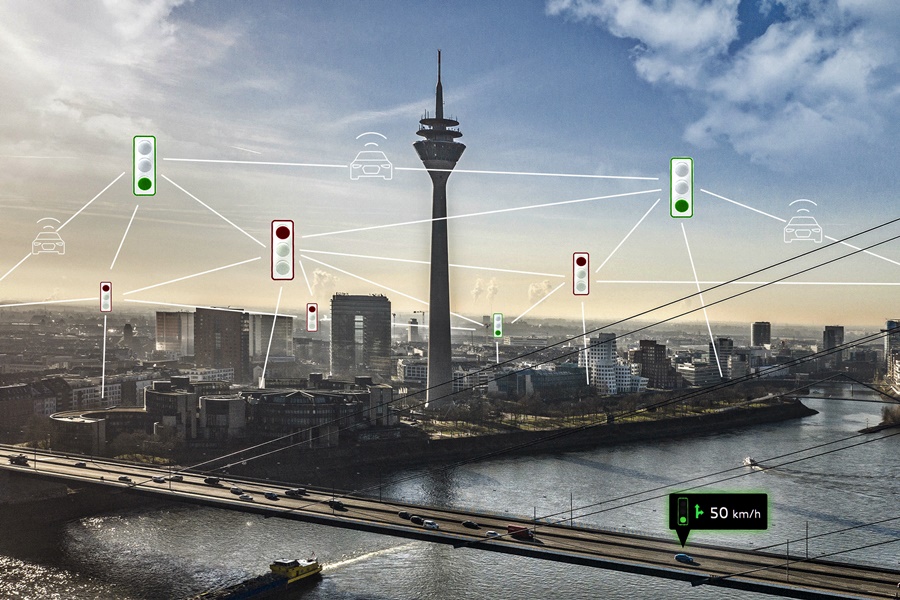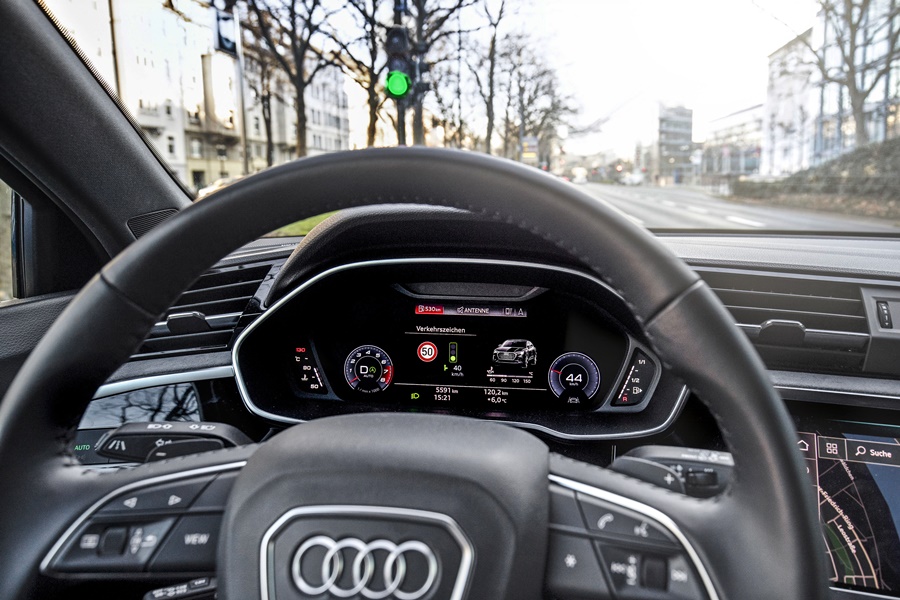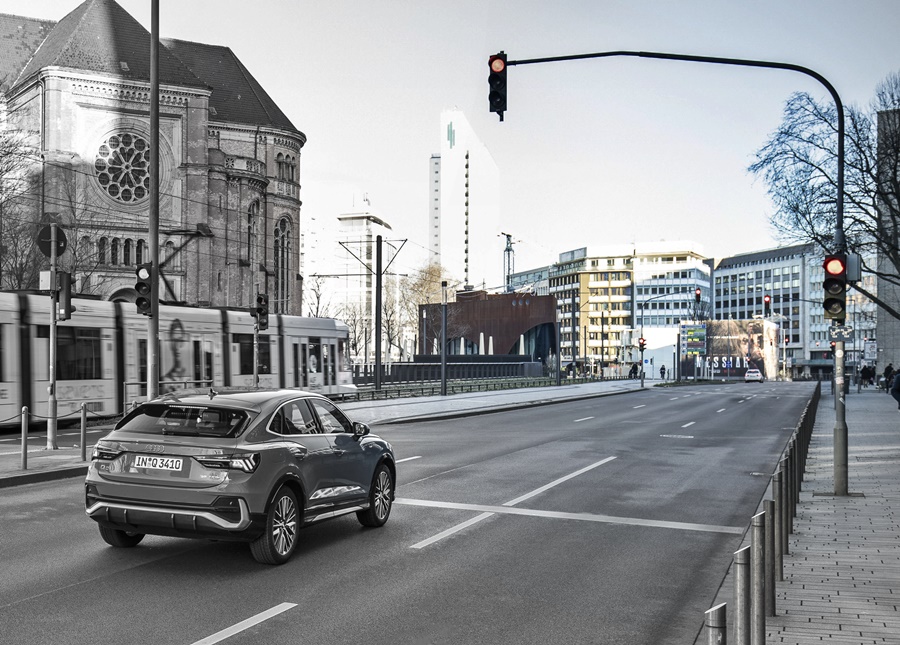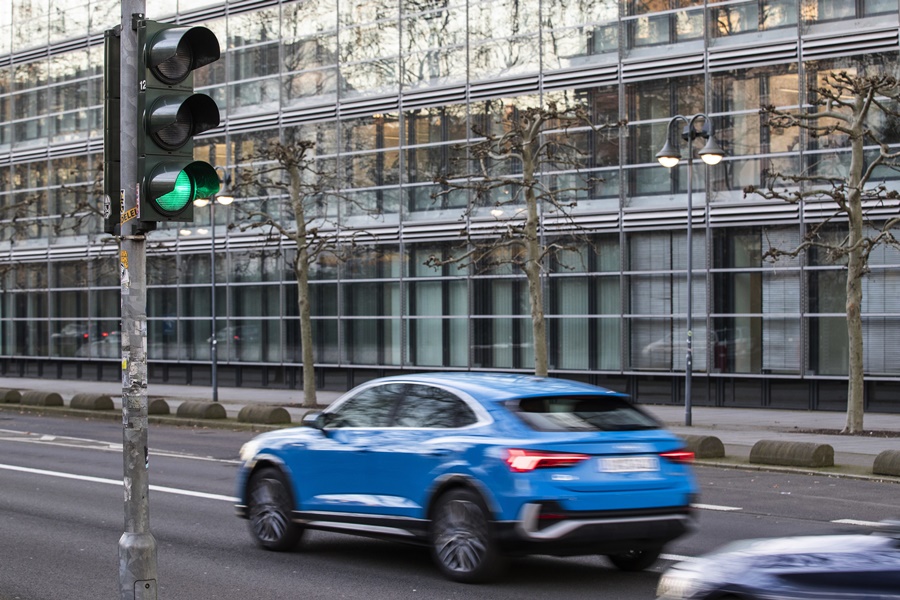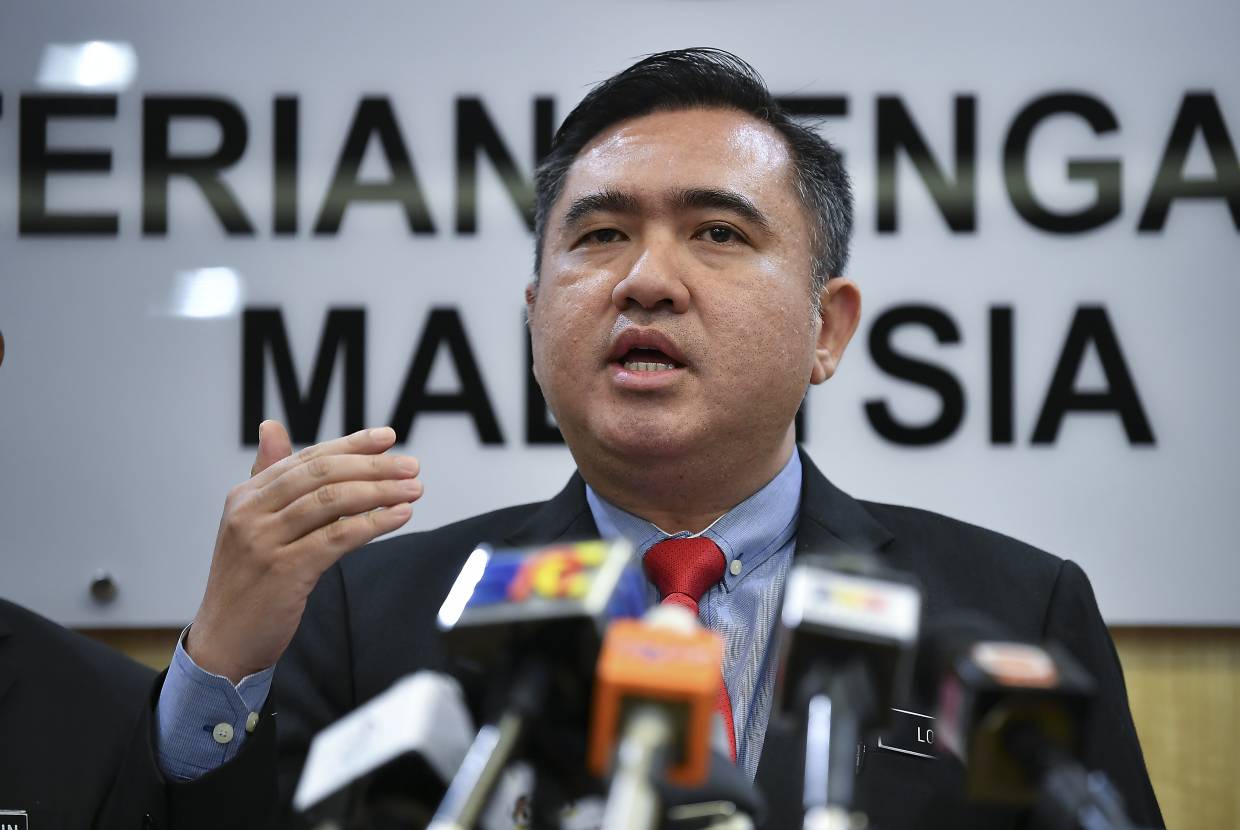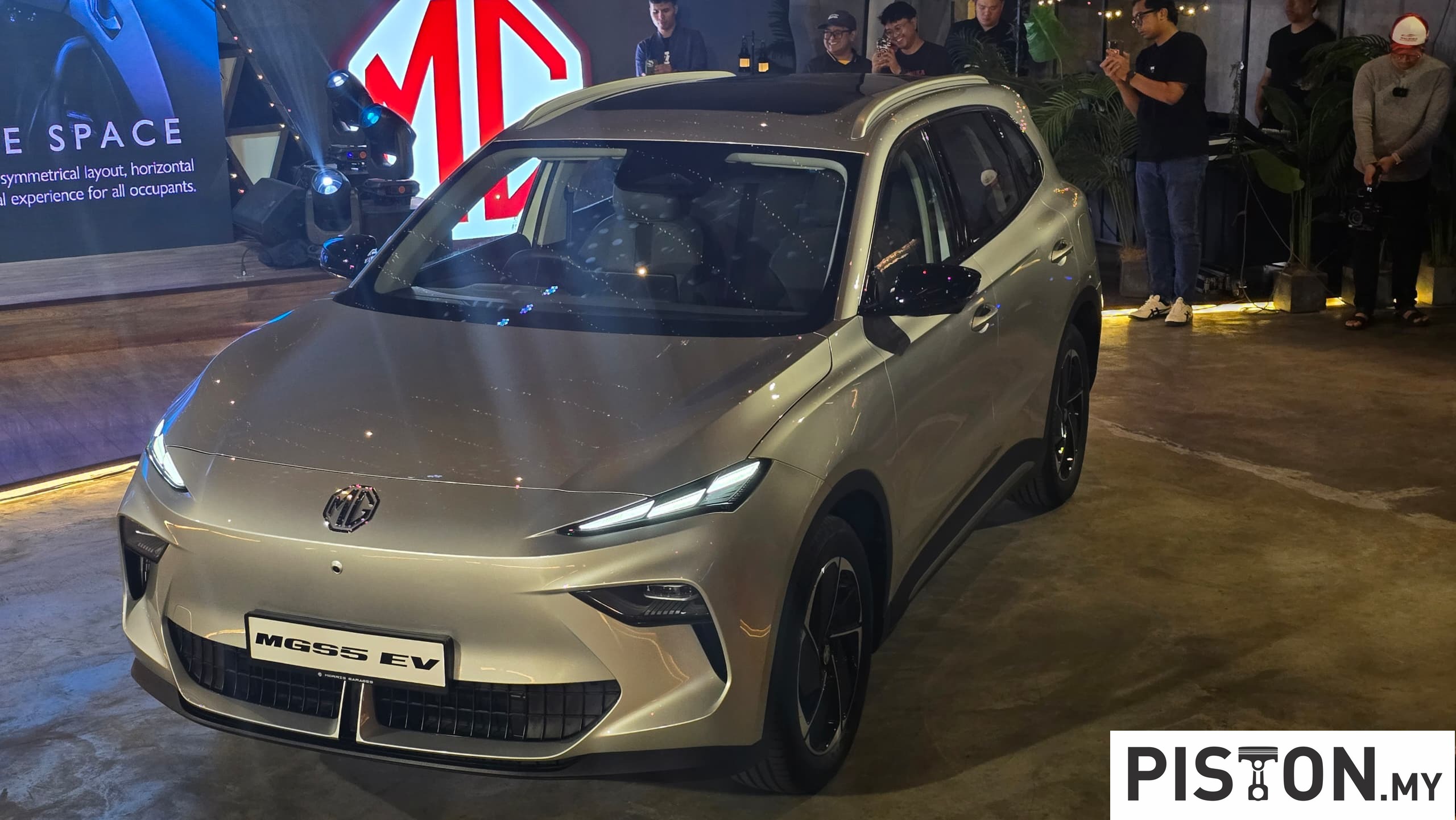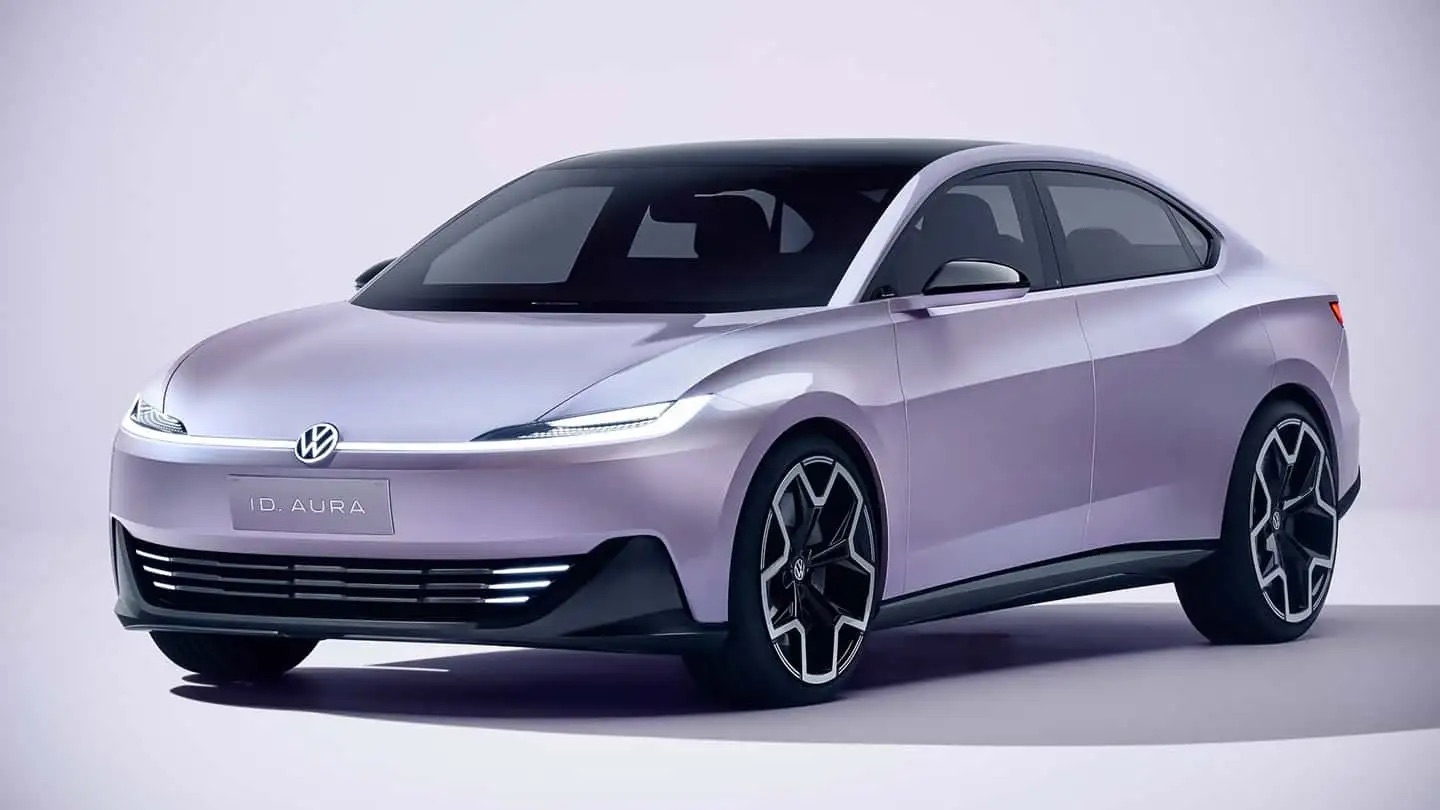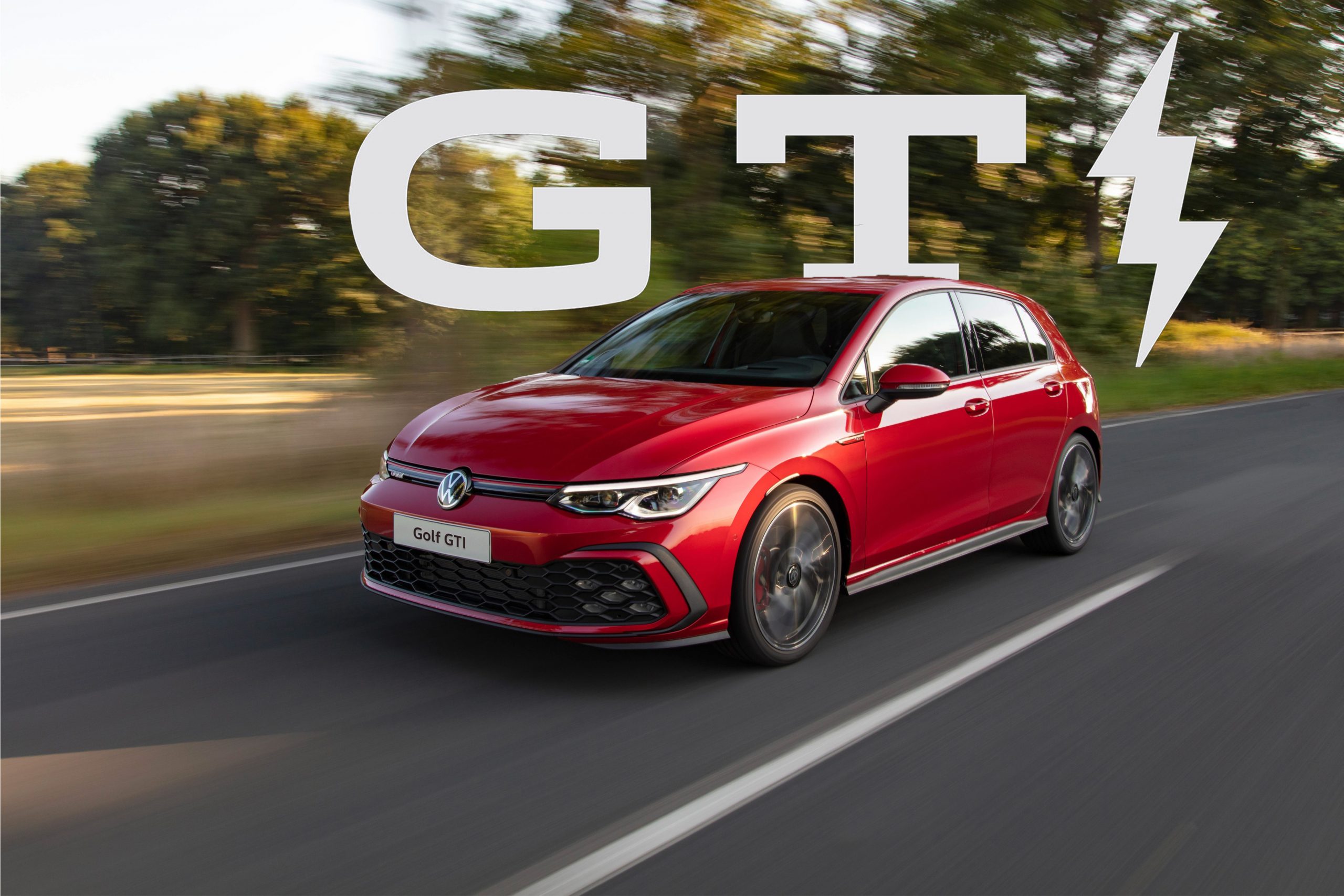Two units of the Lexus RX450h are now cruising around an area of Melbourne in Australia and they are ‘talking’ to each other as well as the traffic infrastructure. The two hybrid SUVs are provided by Lexus Australia which is the first automotive partner to join the groundbreaking Australian Integrated Multimodal EcoSystem (AIMES). This is a real-world testing environment for vehicle-to-vehicle and vehicle-to-infrastructure communications technology.
AIMES is a collaboration of 50 government, transport and technology partners led by the University of Melbourne, and this real-world trial of advanced Co-operative Intelligent Transport Systems (C-ITS) technology will deliver crucial research to provide next-generation road safety solutions.
Lexus Australia’s partnership with AIMES builds upon previous C-ITS trials in partnership with the Victorian and Queensland governments that concluded in 2020. In Victoria, Lexus Australia participated in the Advanced Connected Vehicles for Victoria project. In Queensland, the company worked with the Department of Transport and Main Roads (Queensland) Cooperative and Automated Vehicle Initiative (CAVI) in Brisbane.
Those trials enabled Lexus to develop applications such as warning drivers of red lights ahead, pedestrians about to cross the road at traffic lights, and alerting drivers to the presence of slow or stopped vehicles, road works or road hazards such as water or debris – elements that will continue to be tested in this trial.
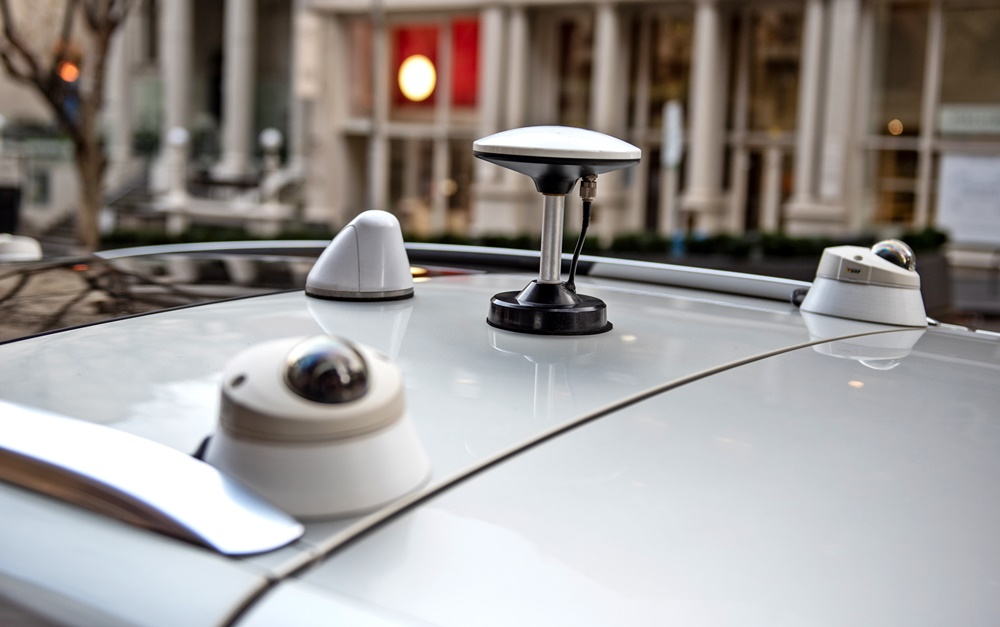
Lexus has already successfully demonstrated Dedicated Short Range Communication (DSRC) technology for vehicle to vehicle (V2V) and vehicle to infrastructure (V2I) communications in Japan since 2015. This enabled it to prepare the two units with DSRC and cellular network technologies.
The two Lexus RX 450h SUVs can communicate with traffic lights, trams and emergency service vehicles to proactively deliver warnings and alerts of potential danger to the driver of the vehicle before they come into a driver’s line of sight. Lexus aims to use the trial to develop applications such as warning the driver when turning in front of a tram, or warning the driver when a cyclist or pedestrian has pushed the button on traffic lights to cross the road – including at challenging ‘hook-turn’ intersections.
Further applications to be developed include alerts when a driver attempts to enter a one-way street or freeway entry/exit the wrong way, when an emergency vehicle is approaching – or when it might not be safe to enter an intersection.
Trialing this technology targets a reduced risk of vehicles driving through red lights, turning into trams, or being unable to see pedestrians obstructed by traffic lights and other infrastructure before they step onto the road.
In addition to the connected vehicles, the AIMES trial area incorporates a network of smart sensors connecting public transport, pedestrians and cyclists, intersections, and streets into a fully integrated ecosystem.



